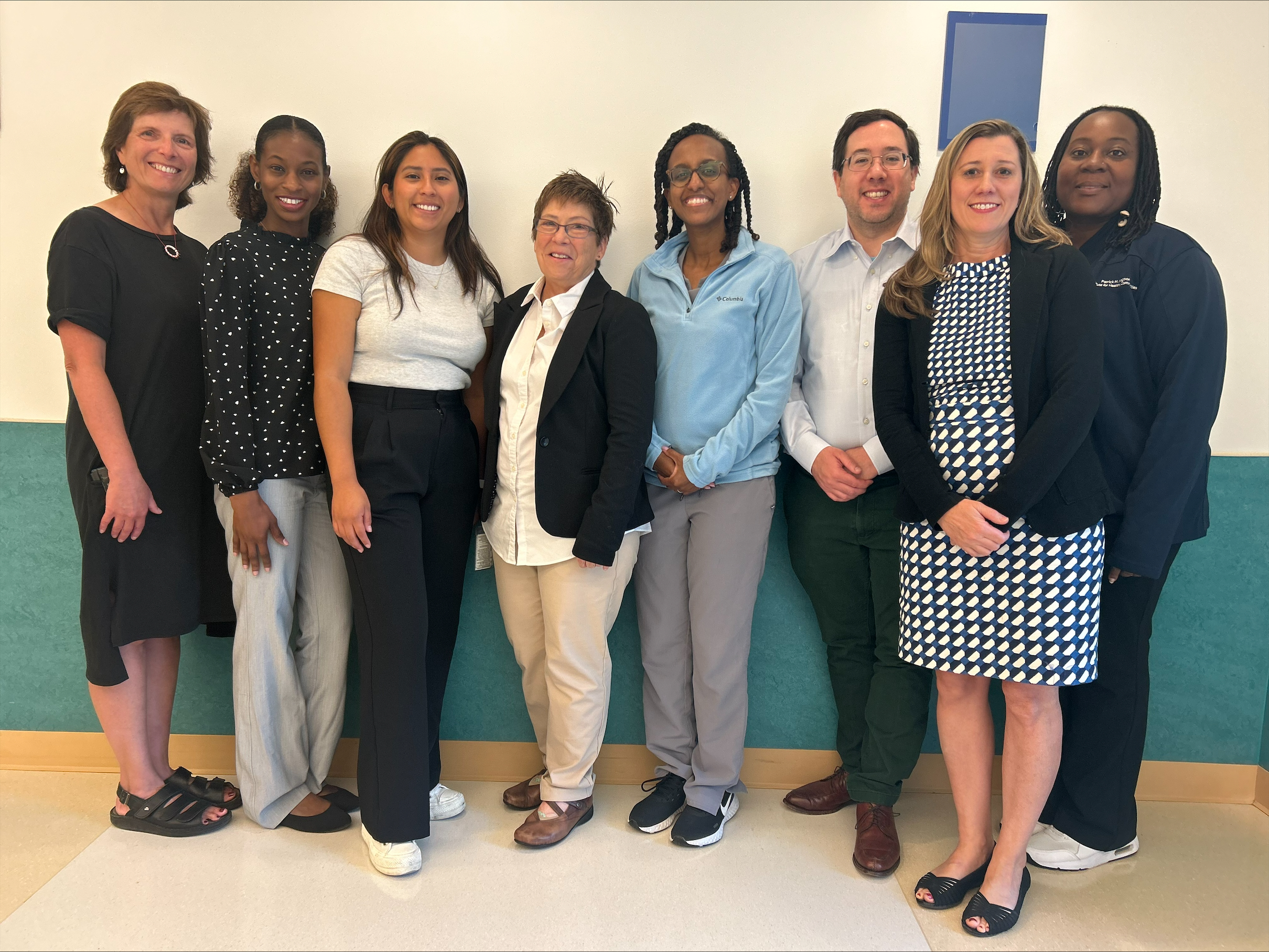
Disrupting the Cycle: Hospital-Based Violence Intervention Program
At Lurie Children’s, a new initiative is underway to break the cycle of violence that brings children and their families into the Emergency Room. The Strengthening Chicago Youth (SCY) Hospital-Based Violence Intervention Program (HVIP) offers immediate, compassionate and trauma- and culturally-informed) support for young victims of violence and their families at a time when they are most vulnerable.
Sheila Hickey, MS, HVIP’s Program Manager and lead Social Worker, explains HVIP’s inception: “In the Emergency Room, our providers were seeing a pattern: many of the kids coming in with violent injuries had been injured before or had some kind of intervention by state and local authorities—like child welfare investigations or police involvement. And yet they were back in the ER, injured again. We realized there was something missing—either they weren’t offered community linkage, refused the services, or maybe the services didn’t meet their needs. We knew we had to act to intervene.” In addition, the instances of patients with violent injuries, not just reinjuries, has increased overall.
Sheila worked with Samaa Kemal, MD, emergency medicine physician; Karen Sheehan, MD, MPH, emergency medicine physician and Medical Director of the Magoon Institute; Leslie Helmcamp, Director of SCY; and members of the SCY team to develop the program to support children as young as infants up to age 19. The HVIP team was awarded a three-year grant from the Office of Juvenile Justice and Delinquency Prevention, Office of Justice Programs, U.S. Department of Justice and is now in the second year of its pilot.
In addition to providing the highest standards of medical care and care coordination for our patient survivors of violence, HVIP draws on more than a decade of our community collaborations by connecting patients and families to community-based services and supports. The HVIP team convenes a multi-sector planning team of six community and system partners and engages with youth and parents through listening sessions to ensure we are developing the program with input from our community partners and people with lived experience.
One Family’s Story
One story that demonstrates the power of collaborating and listening to families to help remove the barriers to their safety is that of a single mother who nearly lost her home after her ex-partner violently assaulted her child in her home. The child was treated at Lurie Children’s and the family was connected with HVIP.
“Even though they were the victims, they were about to be evicted because of the crime committed in her home,” Sheila explains. Sheila worked alongside the child’s mother, Lurie Children’s Government Affairs team, local elected officials and legal advocates to help the mother keep her home. "At first, mom was hesitant about letting us help, but over time she began to trust us,” Sheila shares. “I didn’t do anything heroic—I just showed up. I listened to her and repeatedly stated back to her the steps she stated she needed to take to keep her home. I sat with her in court and helped her get the documentation she needed. Showing up and listening is what matters,” Sheila says.
The Strength of Lurie Children’s Team
Sheila credits HVIP’s early success to the social workers and ER physicians at Lurie Children’s. “We’re basically standing on their shoulders. We have the right people here – amazing, talented people who really care and are dedicated to this work,” she says. “What really sets us apart at Lurie Children’s is that we’re not just working with the data or ticking off boxes on a questionnaire… we listen to families and let them tell their stories.” This holistic, narrative-driven approach is a hallmark of the HVIP team. “Our ER social workers, for example, are in some of the most stressful situations, sitting in trauma rooms and eliciting these difficult stories from families, all while absorbing their emotional weight.”
Looking to the Future
“We anticipate seeing about 150 HVIP-eligible children in the ER each year, but with only two social workers on the HVIP team, we can only approach a fraction of those families,” Sheila explains. As the HVIP program moves forward, the team hopes to collaborate with other Lurie Children's program, grow the number of advocates on the team and continue to build out the support network for families.
For Sheila and the HVIP team, the work is about more than just preventing future ER visits. It’s about helping families heal. “These families are incredibly strong. They’ve been through things most of us can’t even imagine, but they keep going. With HVIP, we can show up, listen and support them as they navigate that journey,” she says.